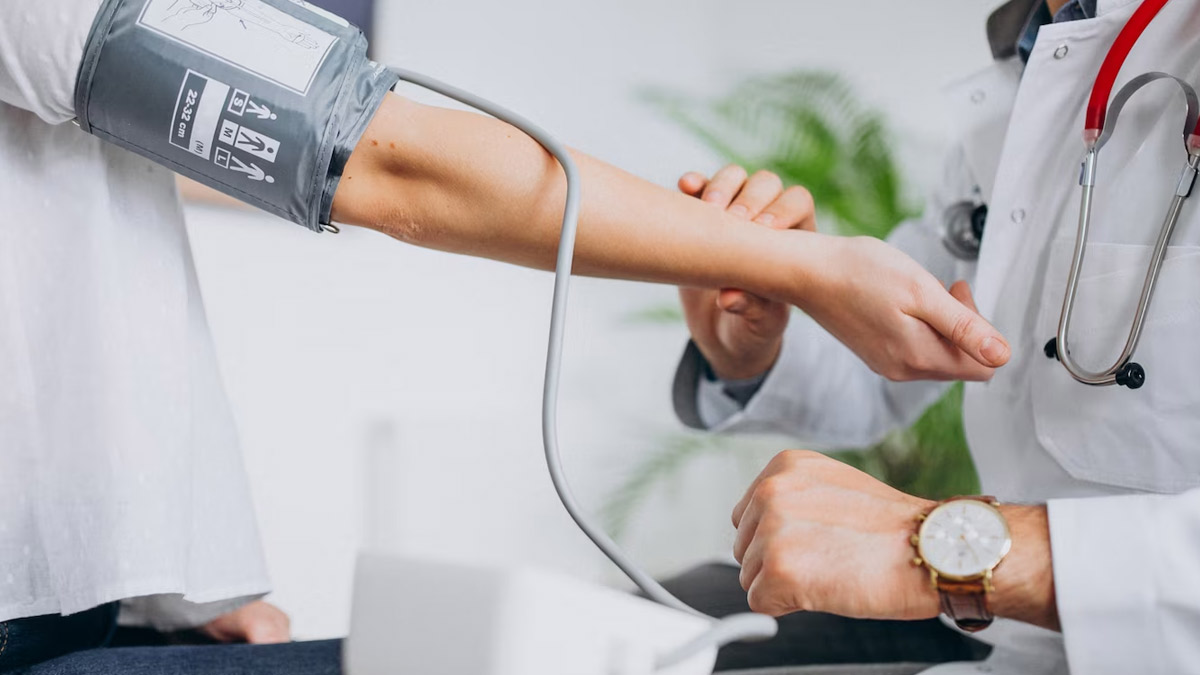
Low blood pressure, also known as hypotension, is a medical condition where the blood pressure in your arteries is lower than normal. This can cause dizziness, lightheadedness, and fainting. While high blood pressure (hypertension) is more commonly talked about, low blood pressure is a condition that affects many people as well. One way to manage low blood pressure is by increasing your sodium intake. In this article, we will explore high sodium food items that can help manage low blood pressure.
Table of Content:-
Before we dive into the high sodium food items, let's first discuss why sodium is important for managing low blood pressure. Sodium is an essential mineral that helps regulate fluid balance in the body. When we consume sodium, it causes our body to retain water, which increases blood volume and subsequently increases blood pressure. For people with low blood pressure, increasing sodium intake can help raise blood pressure to a more normal level.
It's important to note that too much sodium can have negative health effects, particularly for people with high blood pressure. The recommended daily intake of sodium is less than 2,300 milligrams per day for most adults, and less than 1,500 milligrams per day for those with high blood pressure. However, for people with low blood pressure, a higher intake of sodium may be beneficial.
Also read: 7 Sitting Exercises To Prevent Body Discomfort
High Sodium Food Items To Manage Low Blood Pressure
Now, let's explore some high sodium food items that can help manage low blood pressure.
1. Salt
One of the easiest ways to increase sodium intake is by adding salt to your meals. Table salt is composed of about 40% sodium, so a single teaspoon of salt contains about 2,300 milligrams of sodium. While adding salt to your meals can be an effective way to increase sodium intake, it's important to not go overboard. A high salt diet can lead to negative health effects, such as high blood pressure and heart disease. For people with low blood pressure, a moderate increase in salt intake may be beneficial, but it's important to talk to your doctor before making any major changes to your diet.

2. Processed Foods
Processed foods are known to be high in sodium. Foods like canned soups, deli meats, and packaged snacks can contain high levels of sodium. A single serving of canned soup can contain more than half of your recommended daily intake of sodium. If you're looking to increase your sodium intake, incorporating some processed foods into your diet can be an easy way to do so. However, it's important to read food labels and choose low-sodium options when possible.
Also read: 7 Sitting Exercises To Prevent Body Discomfort
3. Pickles
Pickles are a popular snack that are high in sodium. A single pickle can contain up to 800 milligrams of sodium. Pickles can be a good snack option for people with low blood pressure, as they provide a quick and easy way to increase sodium intake. However, it's important to not go overboard, as too many pickles can lead to a high sodium intake.

4. Soy Sauce
Soy sauce is a popular condiment that is high in sodium. A single tablespoon of soy sauce contains about 900 milligrams of sodium. Soy sauce can be added to meals to increase sodium intake. It's important to not add too much soy sauce, as it can make a meal too salty. It's also important to choose low-sodium soy sauce when possible.
5. Olives
Olives are a popular snack that are high in sodium. A single serving of olives can contain up to 400 milligrams of sodium. Olives can be a good snack option for people with low blood pressure, as they provide a quick and easy way to increase sodium intake. However, it's important to not go overboard, as too many olives can lead to a high sodium intake.
Also watch this video
How we keep this article up to date:
We work with experts and keep a close eye on the latest in health and wellness. Whenever there is a new research or helpful information, we update our articles with accurate and useful advice.
Current Version